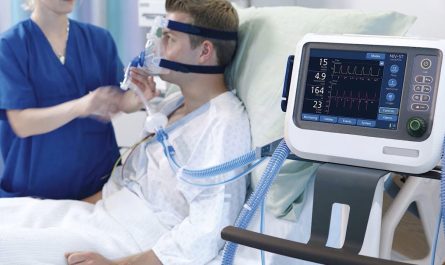
Introduction
Medical imaging reagents play a vital role in medical imaging procedures by enhancing contrast and clarity of images produced during diagnostic imaging tests. These reagents work by temporarily increasing or decreasing the visibility of structures, tissues or fluids in areas of the body being examined. In this article, we explore some of key classes of reagents driving innovations in medical imaging reagents.
Types of Medical Imaging Reagents
There are several different types of medical imaging reagents used for various imaging modalities like X-rays, MRI, CT, ultrasound and nuclear medicine scans.
– Contrast Agents
Contrast agents are contrast media administered intravenously or orally to increase the contrast of tissues or fluids within the body in medical imaging. Iodine-based contrast agents are commonly used for X-rays and CT scans to highlight organs, blood vessels and tissues. Gadolinium-based contrast agents are used in MRI to improve visualization of abnormal tissues. Microbubble contrast agents can also be used in ultrasound to evaluate blood flow and detect abnormalities.
– Radiopharmaceuticals
Radiopharmaceuticals are radioactive contrast agents used in nuclear medicine scans like PET and SPECT. They contain radioactive tracers that emit gamma rays and help track physiological processes in the body. F-18 fluorodeoxyglucose (FDG) is a commonly used PET radiopharmaceutical that aids in cancer detection and cardiovascular imaging. Technetium-99m is frequently used in bone and thyroid scans.
– MRI Contrast Agents
In addition to gadolinium chelates, iron-based oral contrast agents like ferumoxytol are also employed in MRI to tag tissues, cells or proteins of interest. They help enhance image quality by decreasing the signal from surrounding tissues and increasing detectability. Superparamagnetic iron oxide nanoparticles are another type used as MRI contrast agents.
Mechanism of Action
Medical imaging reagents work by altering the imaging properties of tissues or fluids compared to surrounding areas. Iodine increases X-ray absorption in CT and obscures soft tissues, helping blood vessels and organs stand out. Gadolinium decreases the relaxation time of hydrogen protons in MRI, making labeled structures appear bright. Radioactive tracers allow detection by gamma cameras in nuclear medicine scans based on their decay characteristics. Differences in signal help physicians better visualize anatomy and diagnose abnormalities.
Applications
Some key clinical applications of major medical imaging reagents include:
– Iodine contrast enhanced CT – Angiography, uroradiology, oncology
– Gadolinium enhanced MRI – Neuroimaging, musculoskeletal imaging, detection of liver lesions
– FDG PET – Oncology, neurology, cardiology
– Technetium SPECT – Bone scans, thyroid scans, cardiac blood flow studies
– Ferumoxytol enhanced MRI – Angiography, detection of lymph nodes
– Microbubble ultrasound – Echocardiography, tumor characterization
Safety Considerations
While medical imaging reagents provide valuable diagnostic information, they can also potentially cause adverse reactions in certain patients. Precautions must be taken in people with kidney impairment, iodine or shellfish allergies. Rare but serious reactions to gadolinium like nephrogenic systemic fibrosis also necessitate screening of high risk individuals. Radiation exposure from radiotracers is usually very low but still monitored. Overall benefits are weighed against risks on a case-by-case basis.
In conclusion, medical imaging reagents play an important supportive role in diagnostic radiology and nuclear medicine by enhancing image contrast and allowing visualization of specific structures or processes. Understanding their mechanisms, types and clinical applications aids healthcare professionals in obtaining valuable anatomical and functional information from various imaging modalities. Appropriate administration and safety precautions minimize risks to maximize diagnostic yield.
*Note:
- Source: Coherent Market Insights, Public sources, Desk research
- We have leveraged AI tools to mine information and compile it

